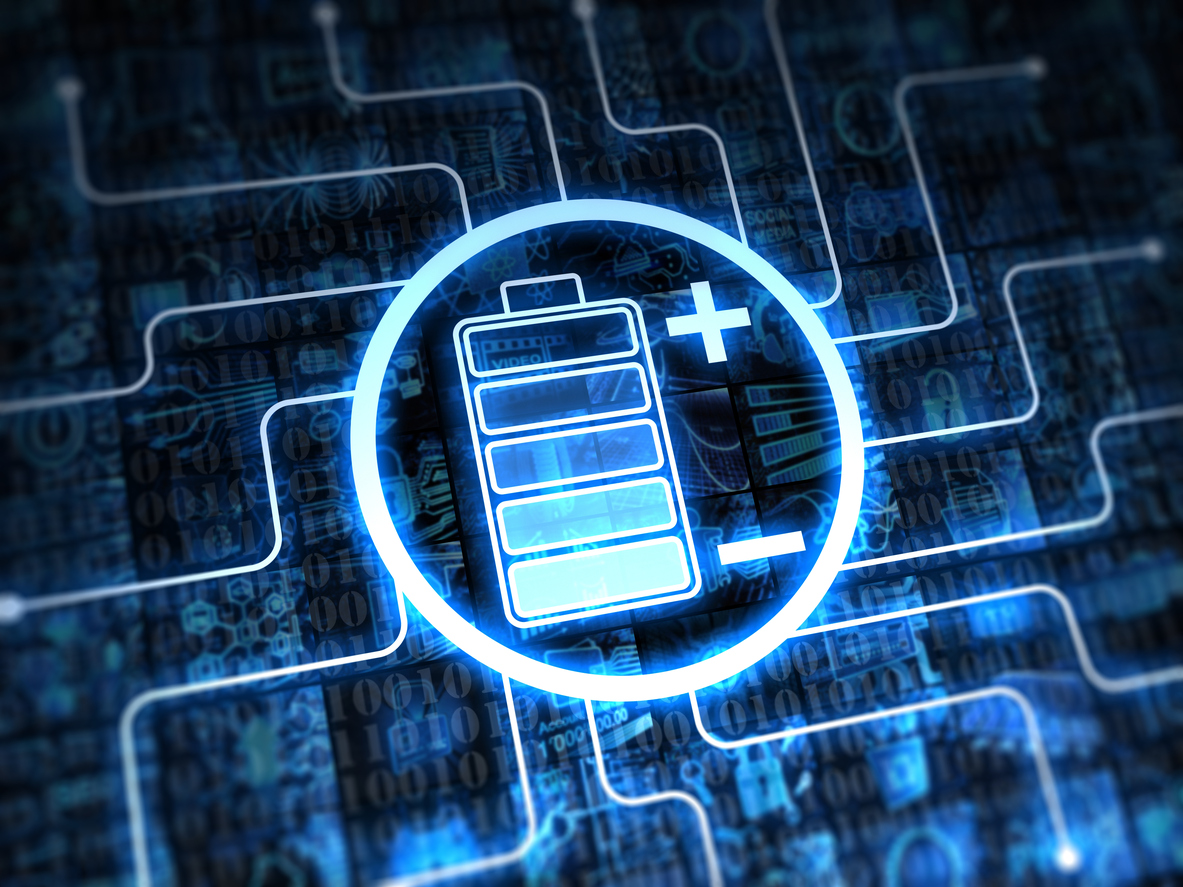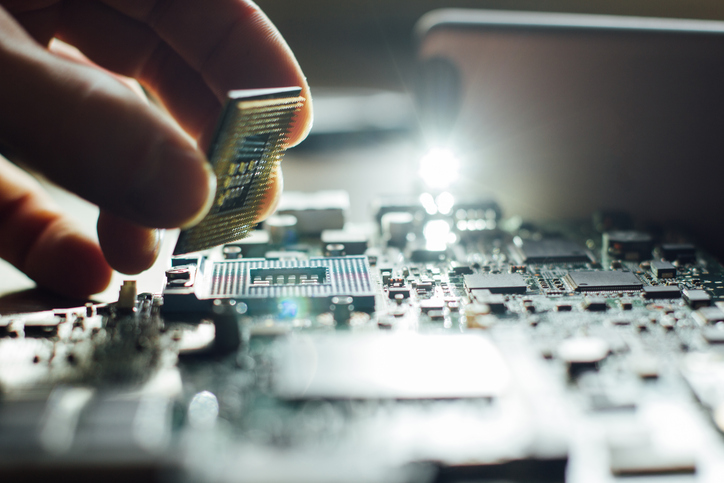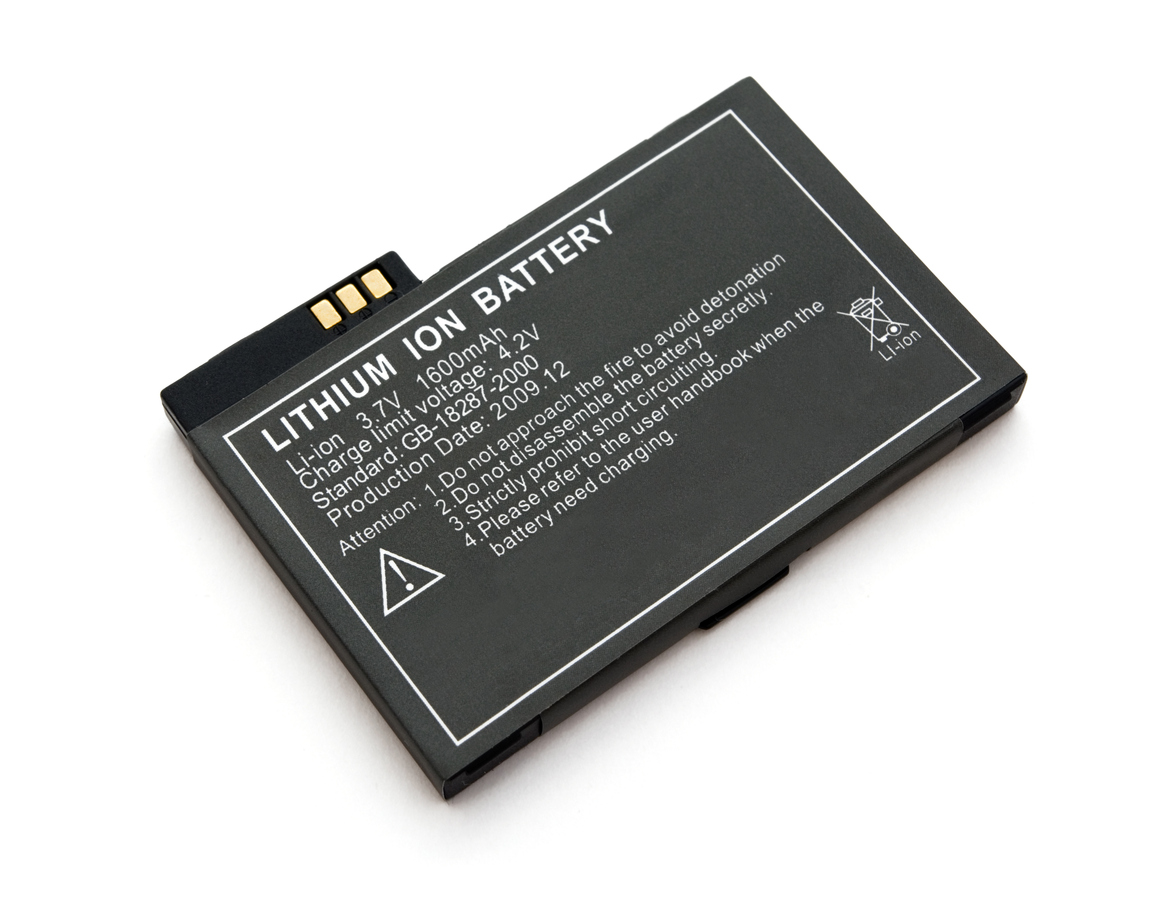 Hydrogen has many highly sought after qualities when it comes to clean energy sources. It is a simple element, high in energy, and produces nearly zero harmful emissions. However, while hydrogen is one of the most plentiful elements in the universe, it does not occur naturally as a gas. Instead, we find it combined with other elements, like oxygen in the form of water. For many researchers, water-splitting has been a way to isolate hydrogen for use in cars, houses, and other sustainable fuels.
Hydrogen has many highly sought after qualities when it comes to clean energy sources. It is a simple element, high in energy, and produces nearly zero harmful emissions. However, while hydrogen is one of the most plentiful elements in the universe, it does not occur naturally as a gas. Instead, we find it combined with other elements, like oxygen in the form of water. For many researchers, water-splitting has been a way to isolate hydrogen for use in cars, houses, and other sustainable fuels.
But water-splitting requires an effective catalyst to speed up chemical reactions, while simultaneously preventing the gasses to recombine. Researchers from the DOE’s SLAC National Accelerator Laboratory believe they may have the answer with the new development of a molybdenum coating that can potentially improve water-splitting.
“When you split water into hydrogen and oxygen, the gaseous products of the reaction are easily recombined back to water and it’s crucial to avoid this,” says Angel Garcia-Esparza, lead author of the study. “We discovered that a molybdenum-coated catalyst is capable of selectively producing hydrogen from water while inhibiting the back reactions of water formation.”


 The consumer demand for seamless, integrated technology is on the rise, and with it grows the Internet of Things, which is expected to grow to a
The consumer demand for seamless, integrated technology is on the rise, and with it grows the Internet of Things, which is expected to grow to a  Two discoveries could provide a simple and effective way to “stencil” high-quality 2D materials in precise locations and overcome a barrier to their use in next-generation electronics.
Two discoveries could provide a simple and effective way to “stencil” high-quality 2D materials in precise locations and overcome a barrier to their use in next-generation electronics. From social to natural and applied sciences, overall scientific output has been growing worldwide – it
From social to natural and applied sciences, overall scientific output has been growing worldwide – it  We are pleased to announce that early bird registration for SOFC-XV, being held in Hollywood, FL at the Diplomat Beach Resort from July 23-28, 2017 is now open!
We are pleased to announce that early bird registration for SOFC-XV, being held in Hollywood, FL at the Diplomat Beach Resort from July 23-28, 2017 is now open!
 ECS has nearly 70
ECS has nearly 70  Wolfram|Alpha
Wolfram|Alpha No matter the field, if a researcher is collecting data of any kind, at some point he is going to have to analyze it. And odds are he’ll turn to statistics to figure out what the data can tell him.
No matter the field, if a researcher is collecting data of any kind, at some point he is going to have to analyze it. And odds are he’ll turn to statistics to figure out what the data can tell him.  Lithium-ion batteries power a vast majority of the world’s portable electronics, but the magnification of recent safety incidents have some looking for new ways to keep battery-related hazards at bay. The U.S. Navy is one of those groups, with chemists in the U.S. Naval Research Laboratory (NRL) unveiling a new battery, which they say is both safe and rechargeable for applications such as electric vehicles and ships.
Lithium-ion batteries power a vast majority of the world’s portable electronics, but the magnification of recent safety incidents have some looking for new ways to keep battery-related hazards at bay. The U.S. Navy is one of those groups, with chemists in the U.S. Naval Research Laboratory (NRL) unveiling a new battery, which they say is both safe and rechargeable for applications such as electric vehicles and ships.